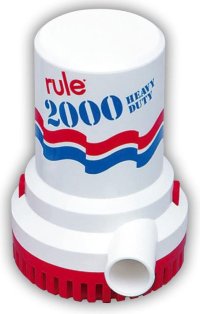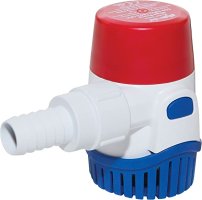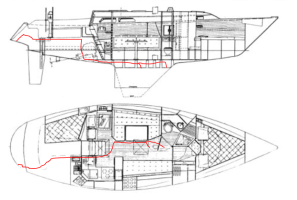william.haas
1990 Ericson 28-2
This has turned into one of the more interesting threads of recent memory (or maybe us with our boats on the hard in cold climates need Spring to arrive). With a deck stepped mast on the 28 the improvements and modifications are clearly quite different.Yeah, that seems to be one of the first things many people change.
The other thing to consider about the shower sump is whether to have it connected to the other bilges (via limber holes), or isolated.
My shower sump originally had a limber hole at the very bottom, so an inch of water in this sump meant an inch of water across the whole boat, including in the inaccessible areas below the TAGF. I sealed off that lower limber hole and added a limber hole higher, at the same height as a PVC conduits. Now I can trap and pump water from the shower sump without getting ANY water in the rest of the boats--a huge improvement.
If you isolate this bilge, it becomes pretty small--I think mine holds about 96 oz (before overflowing to the limber hole). This can cause a problem with the centrifugal type pumps that backflow when they stop. The back flowing water refills the bilge about 1/2 way, and can cause the old, mechanical float switches to cycle repeatedly. I avoided this by installing an electric float switch which keeps pumping for 15 seconds after the float bottoms out. This would also be a good application for a diaphragm pump, which doesn't have the backflow issue.
I have always appreciated that my shower bilge is completely isolated from the rest of the boat keeping all the oils, skin, soaps, hair, etc. from showers getting elsewhere into the depths of the boat. Gross yes, and that’s exactly why I like keeping it isolated. Having a diaphragm pump I have not had the backfill issue but I do like your solution.





